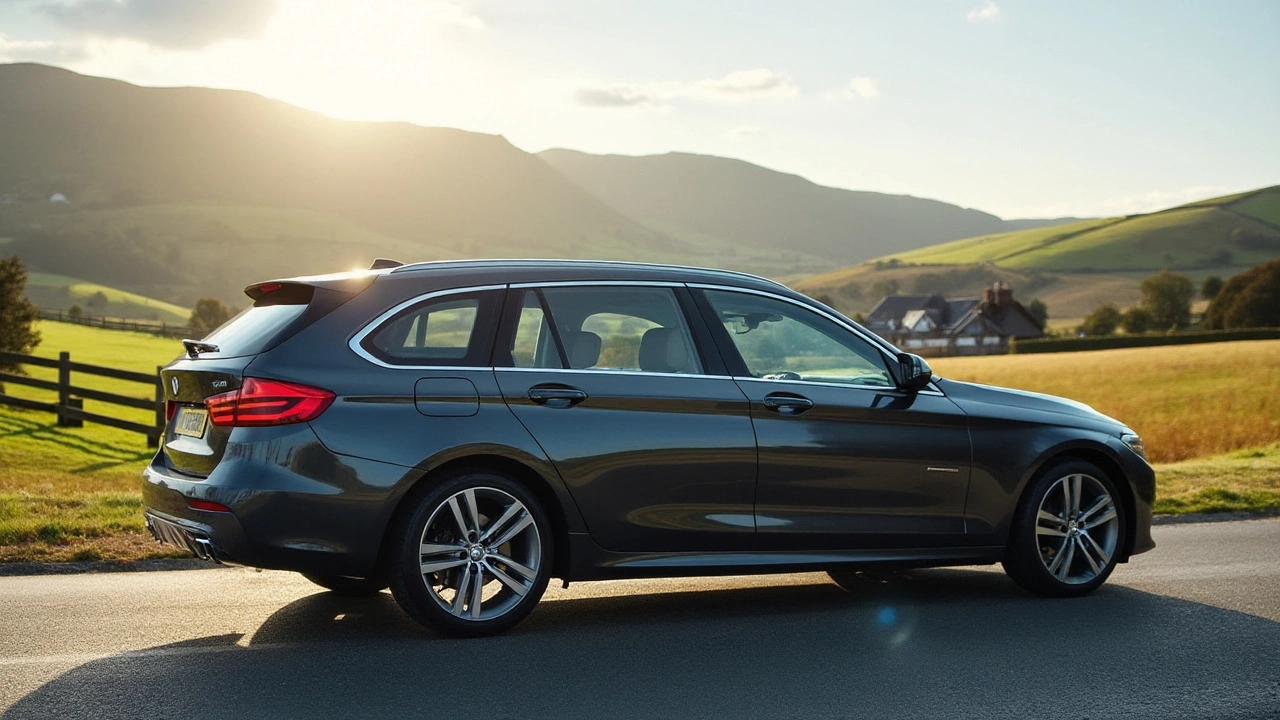Tint Darkness – What You Need to Know
If you’re thinking about tinting your windows, the first question is always “how dark should it be?” Too light and you miss out on privacy and heat reduction. Too dark and you could get a ticket. This guide breaks down the basics so you can pick a tint that looks good, feels good, and stays legal.
Legal limits and why they matter
Every region has its own rules about how much light must pass through the glass. In the UK you’re allowed 70% visible light transmission (VLT) on the front windscreen and 75% on the front side windows. Rear windows can go darker – often down to 35% VLT – but you still need a rear‑view mirror that works.
Why does it matter? Police can pull you over and issue a fine if your tint is below the allowed limit. A ticket not only costs money, it can also force you to replace the film, which is a hassle.
How to choose the right darkness
Start with what you want the tint to do. If you’re mainly after heat reduction, a ceramic or carbon film with 50% VLT works well. It blocks infrared rays while staying within most legal limits. If privacy is the goal, you can go darker on the rear windows, but keep the front side at or above 75% VLT.
Consider the climate too. In hotter areas a lower VLT (darker tint) can cut cabin temperature by up to 20°C. In cooler places you might prefer a lighter shade so you don’t feel trapped on cold mornings.
Look at the material. Standard dyed film is cheap but fades faster. Metallic film reflects heat but can interfere with GPS and radio signals. Ceramic film is the most expensive, but it offers the best heat block and durability without signal loss.
Finally, think about resale value. A tasteful, legal tint can be a selling point, while an illegal one may scare buyers away.
Remember to check your local council’s website for the exact VLT percentages before you order. A quick call to a reputable installer can also confirm you’re staying within the law.
Once the film is on, keep it clean. Use a mild soap and a soft microfiber cloth – no abrasive cleaners or ammonia. Dirt and streaks reduce the effectiveness of the tint and make it look cheap.
In short, the right tint darkness balances privacy, heat reduction, legality, and cost. Choose a VLT that fits your needs, pick quality film, and maintain it properly, and you’ll enjoy a cooler, more private ride for years to come.
Choosing the right window tint for your vehicle can be challenging. This article explores the differences between 20 and 35 tints, detailing how each affects visibility, aesthetics, and privacy. Learn about the typical uses for each type, along with helpful tips to ensure you pick the perfect match for your needs. Get insights into legal considerations and benefits of window tinting.

